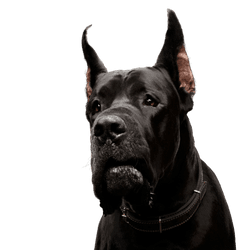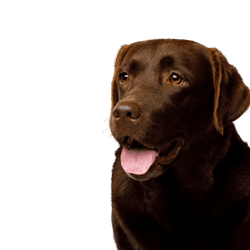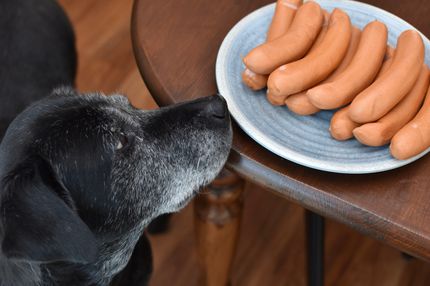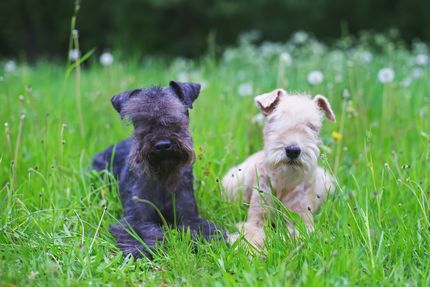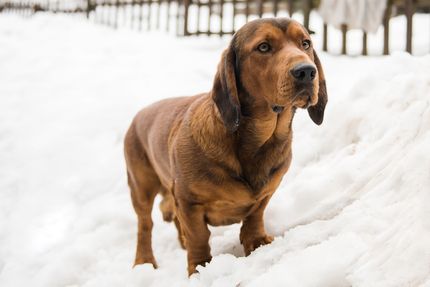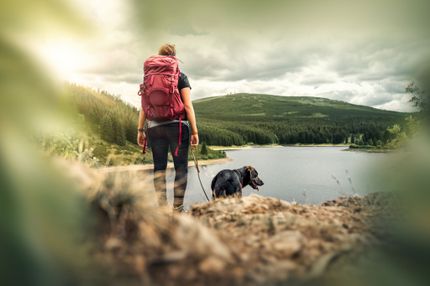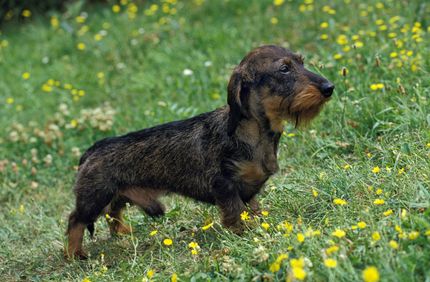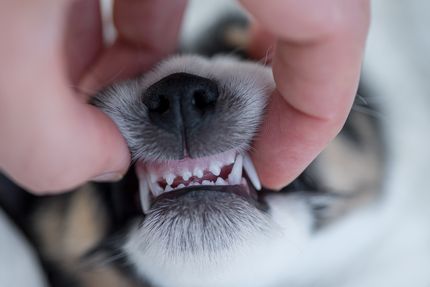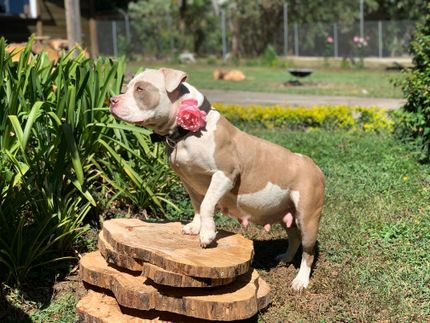Facts & Origin
Origin of the Labradane
The Labradane is a hybrid breed resulting from the crossing of a Labrador Retriever with a Great Dane. The aim of this cross was to combine the friendly, active character of the Labrador with the imposing appearance and composure of the Great Dane.
The deliberate breeding of this crossbreed probably began in North America as part of the general trend towards designer dogs, which were to combine both attractive external features and a family-friendly nature. The Labradan was intended to embody the affectionate, people-oriented nature of the Labrador in a larger, more elegant appearance, without reinforcing the extremes of the pure Great Dane or Labrador.
Name synonyms for the Labradan
In addition to the most common name Labradane, this crossbreed is sometimes referred to as Labrador Great Dane Mix or simply Lab Dane. Although the spelling and terms vary slightly, they refer to the same crossbreed.
Criticism of the Labradane
As with many hybrid breeds, there are some critical aspects to the Labradane. The greatest uncertainty concerns the predictability of character, size and health risks. While Labradors are considered to be very friendly and active, Great Danes often bring a certain calmness, but also a more sensitive health.
There are risks particularly with regard to size growth: fast-growing, large dogs are prone to joint problems and heart disease. In addition, the life expectancy of very large mongrels such as the Labradane is often shorter than that of smaller dogs.
Suitability of the Labradane
Properly socialized and kept, the Labradan is a friendly, loyal and balanced companion. It is particularly suitable for people or families who can offer sufficient space and time and enjoy living with a large but loving dog.
A Labradan needs moderate, adapted exercise so as not to overstrain its joints and heart, and it benefits from calm, consistent training. Despite its size, it is often very gentle with children and other pets, but also shows a certain sensitivity and needs close family contact to feel comfortable.
Overall, the Labradan is a gentle giant - charming, loyal and with the potential to be a wonderful family dog, provided his health, training and living space needs are taken seriously.
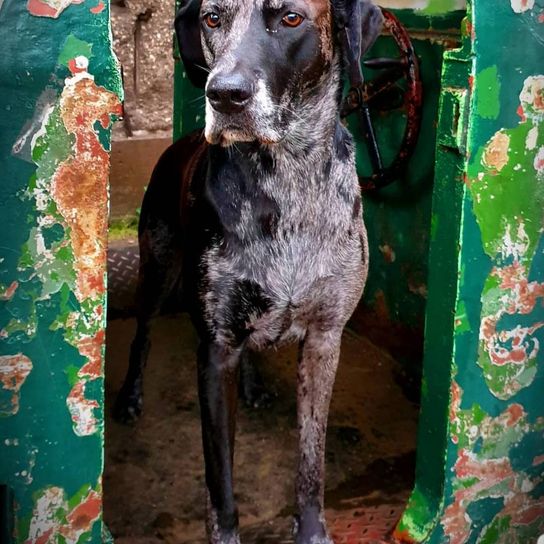
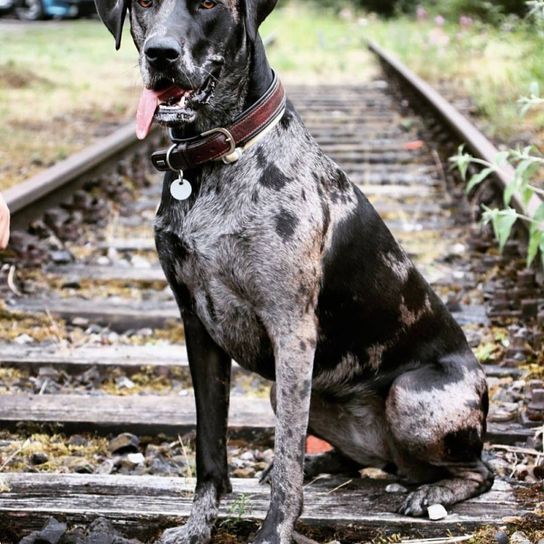
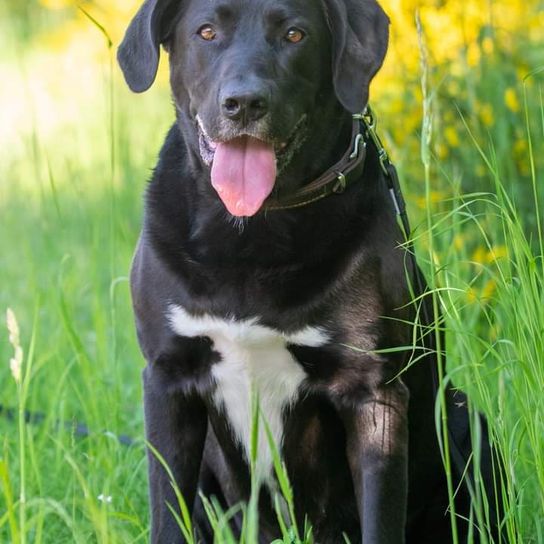
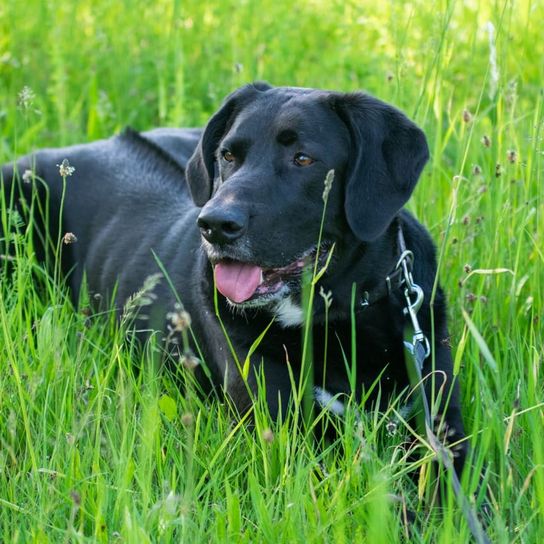
| Alternate Name | Lab Dane, Labrador-German Mastiff mix |
| Origin | Germany - UK |
| Life expectancy | 8 - 14 years |
| Care requirements | low-maintenance |
| Activity level | average to high - average |
| FCI group | not recognised |
| AKC group | not recognised |
| KC group | not recognised |
More Great Dane mixes
More Labrador Retriever mixes
Attitude, character and temperament of the breed
Possible character traits of the Labradan
The Labradan usually displays a friendly, calm and loyal personality, reflecting both the outgoing nature of the Labrador and the laid-back attitude of the Great Dane. Many Labradans are extremely people-oriented and develop a close bond with their family. They are often gentle with children and react sensitively to the moods of their caregivers.
Despite their size, Labradanes are often surprisingly gentle and careful, but need clear structures and a loving but consistent upbringing. A well-socialized Labradan is usually friendly towards strangers, but can also show a certain degree of alertness without being aggressive. Due to their intelligence and willingness to learn, they are happy to cooperate, but often need calm and patient guidance.
Character
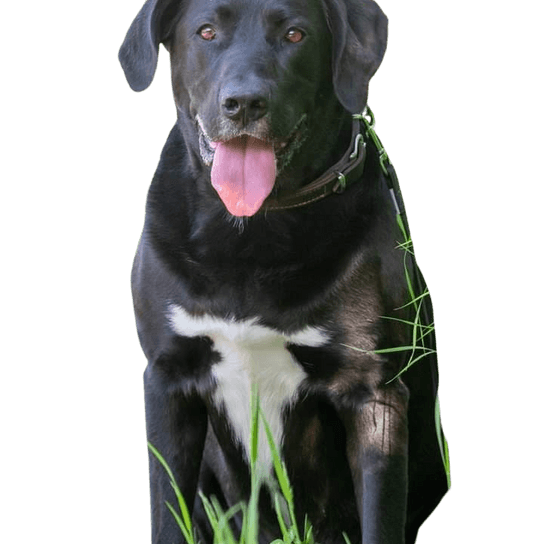
Possible diseases of the Labradane
As with many large dog breeds, there are some health risks associated with Labradans that should be taken into account when keeping them. These include, in particular, hip and elbow dysplasia, which can occur due to their rapid growth and high body weight. Heart problems, especially cardiomyopathies, also occur, as they are known to occur in Great Danes.
There is also an increased risk of gastric torsion (torsio ventriculi), a life-threatening emergency that often occurs in large, deep-chested dogs. Skin problems and joint wear and tear in old age are also not uncommon. A controlled diet during growth, appropriate exercise training and regular veterinary check-ups are crucial to ensure a Labradan's quality of life.

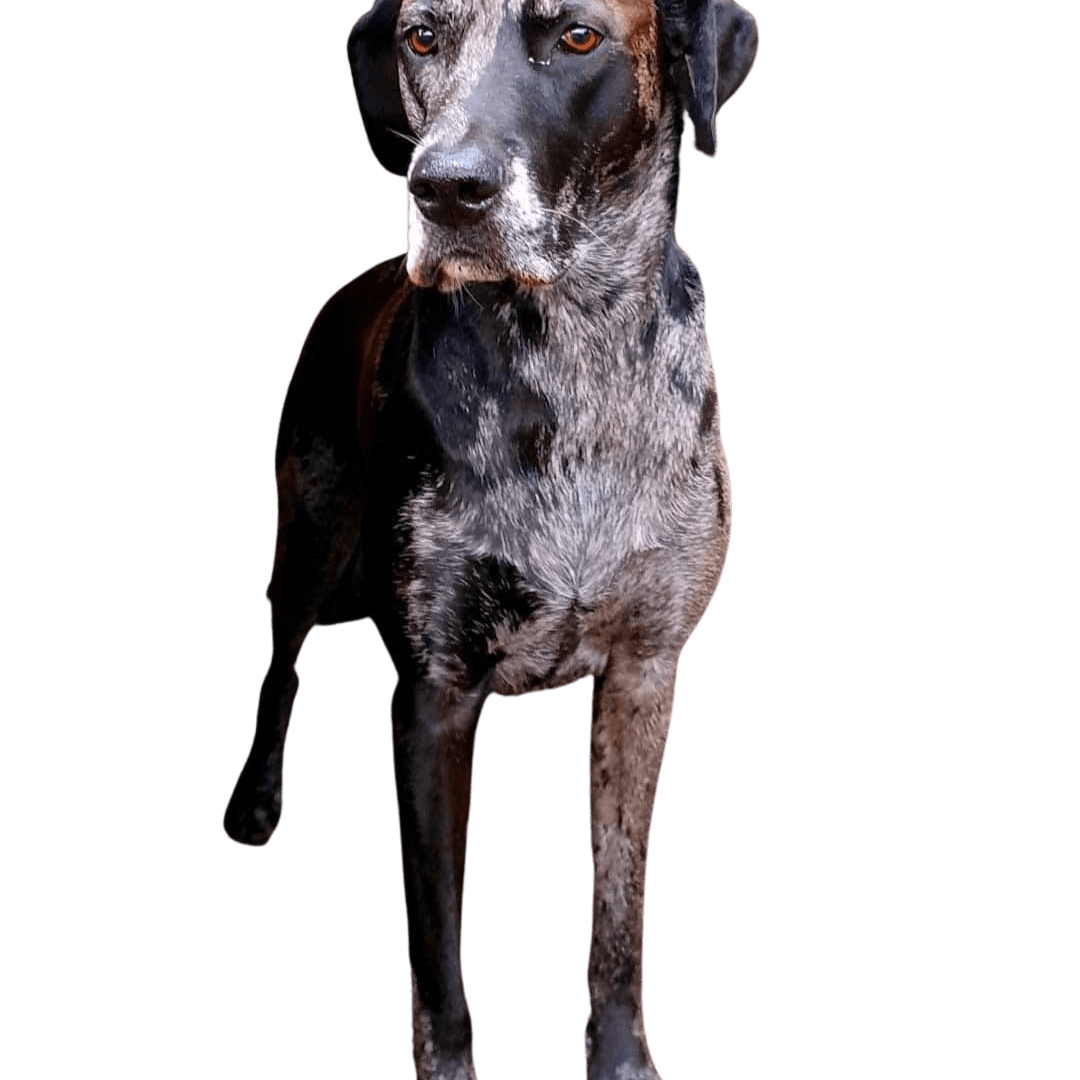
This is what a Labradane can look like
The external appearance of the Labradan lies somewhere between the two parent breeds. It is usually a large, strongly built dog that can reach a shoulder height of around 65 to 80 cm and weigh between 35 and 65 kilograms.
The figure is often more elegant than that of the Great Dane, but significantly stronger than that of a typical Labrador. The coat is usually short and smooth, easy to groom, and can appear in many colors: black, brown, gray, spotted or cream. Some Labradans also have typical Great Dane patterns such as merle or coat markings.
Overall, the Labradan gives an impression of strength, gentleness and elegance - an impressive but usually very gentle companion.



Known Diseases
Gastric torsion
Gastric torsion is a disease in which the stomach rotates around its own longitudinal axis. The cause of the disease is not known.
Cancer
May be common in older dogs.
Bone Cancer
May occur with age.
Ataxia
Ataxia (from Greek ἀταξία ataxia 'disorder' 'irregularity') is a generic term in medicine for various disorders of movement coordination. Ataxia can occur even when there is no paralysis (paresis), that is, when there is normal muscle strength.
dilated cardiomyopathy
Dilated cardiomyopathy is a disease of the heart muscle in which it becomes enlarged (dilated) and shows poor contraction (poor pumping ability).
Joint problems
Especially due to overweight, joint problems can occur in dogs.
Hip dysplasia (HD)
Hip dysplasia (HD) is a genetic condition in dogs where the hip joint is not shaped properly. This leads to pain, stiffness and restricted movement.
Elbow dysplasia (ED)
Elbow joint dysplasia is a chronic disease complex of the elbow joint of fast growing dog breeds.
Eye diseases
Often occur with allergies and intolerances.
Overweight
Often, unfortunately, the dogs very much under excess weight. But the dogs themselves are never to blame!
Joint damage
In some breeds, joint damage can occur later in life, affecting the musculoskeletal system.
FAQ
-
A Labradan is a cross between two of the most popular dog breeds in the world: the Labrador and the Great Dane. The result is a large, friendly and loyal dog that makes an excellent family pet.
-
An adult Labradan can weigh between 55 and 90 kilograms and reach a shoulder height of 60 to 80 centimeters. As this is a relatively new mixed breed, these figures can vary greatly.
-
These dogs are generally very friendly and outgoing. They love people and other animals and are great family dogs.
-
Labradanes need a lot of exercise. They should go for long walks or runs every day, and they will also enjoy playing fetch and other games.
-
The most common health problems in these dogs include hip dysplasia, elbow dysplasia and gastric torsion.

